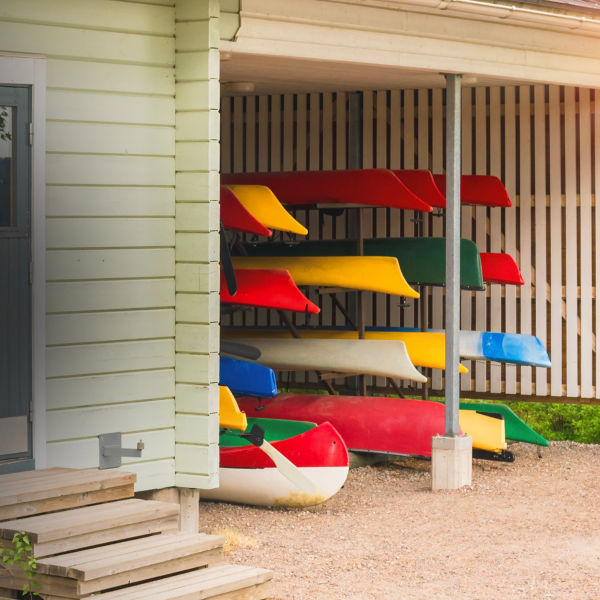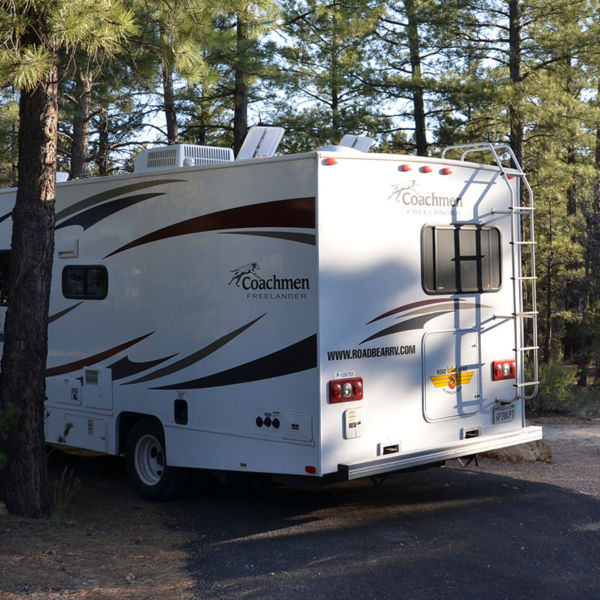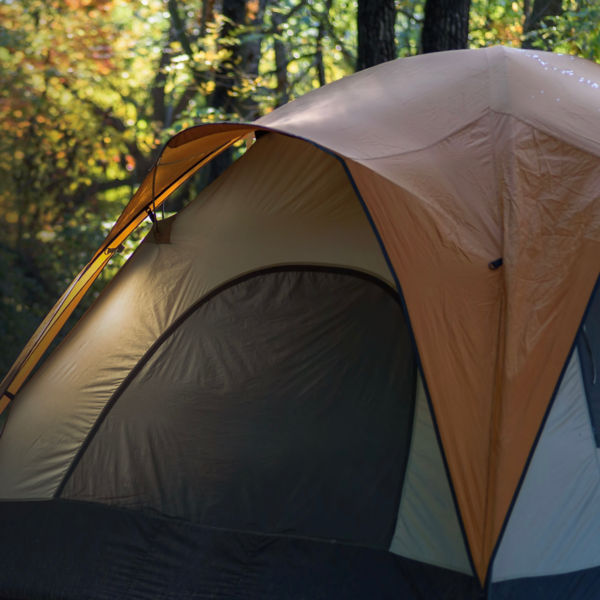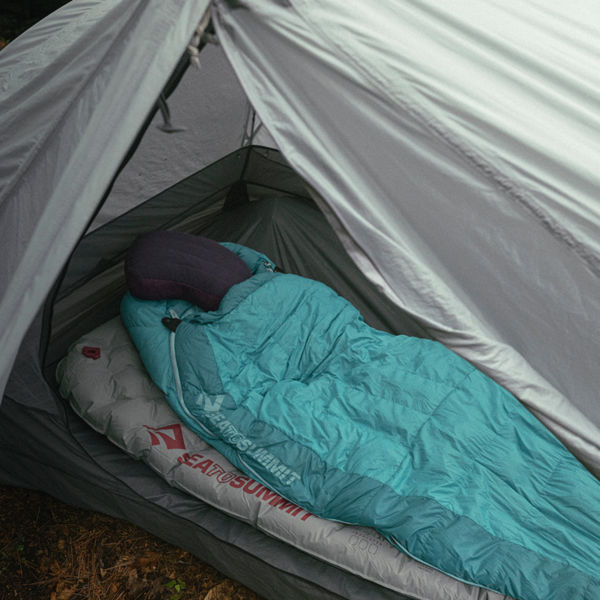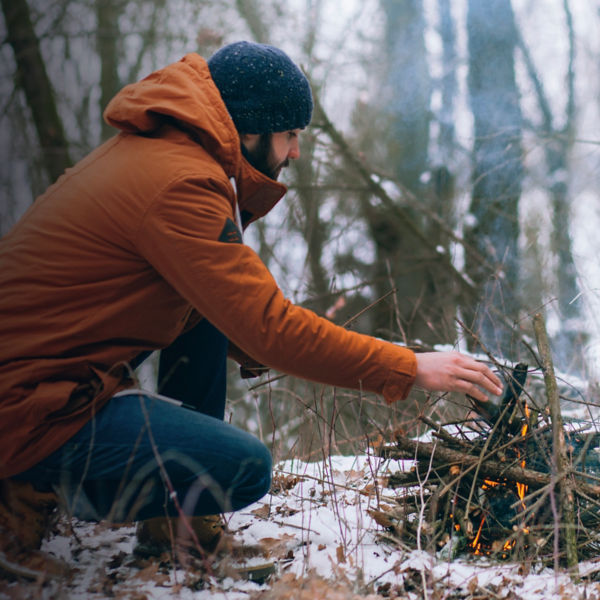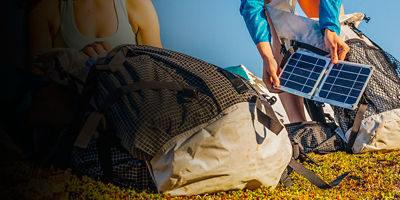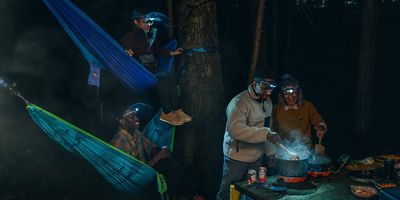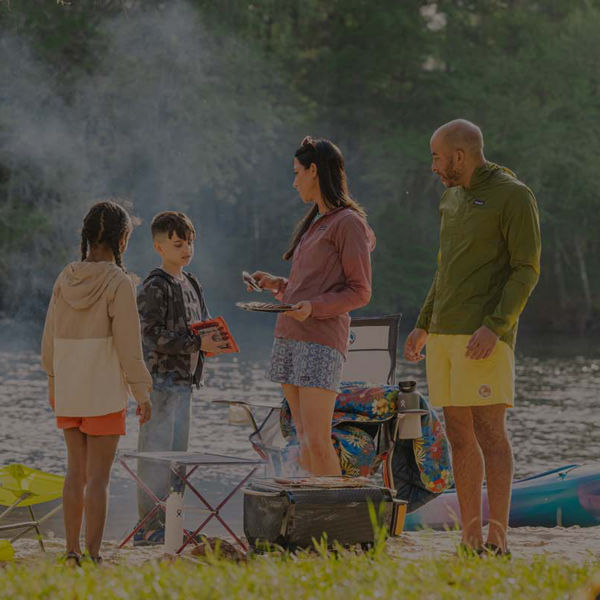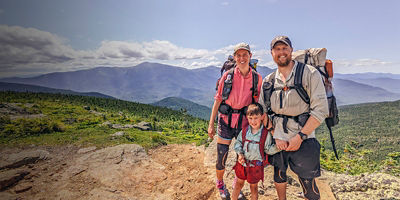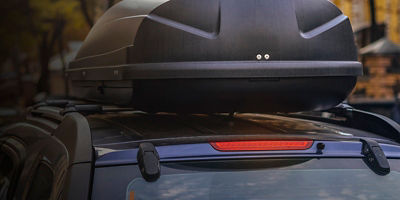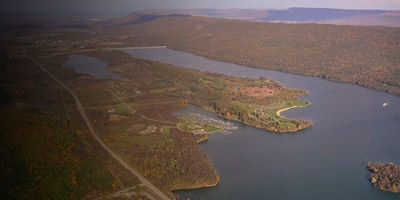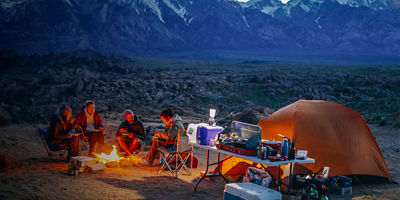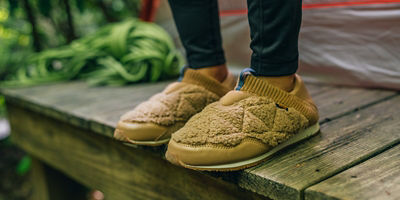THE BEST COFFEE METHODS FOR ALL KINDS OF CAMPING
Are you a dedicated ounce-counter hiking a long trail, or a party host car-camping with 20 best friends? Here are the top brewing methods for common camping scenarios.
Ultralight Backpacking
When weight and pack space matter most, consider these options.
Instant coffee: It’s hard to get any easier than this. Simply open a tiny packet of instant, pour into hot water, stir, and sip—or steep a bag of instant grounds, just like you would tea. Instant coffee also requires no cleanup, and its weight is almost negligible. Purists might turn their noses up at the taste, but truthfully, instant and “micro-ground” coffee has come a long way, and some brands are pretty darn good.
Single-serving pourover: These packable, lightweight (some are even collapsible) contraptions sit on top of your mug. Line with a filter (some don’t need one), scoop in grounds, slowly pour hot water, and let the liquid drip through the pourover device into the mug. This simple method is also easy to clean—pack out the grounds and give the pourover a rinse—and yields smoother, better java.
Cowboy coffee: All you need for this old-school method is a pot. Heat water, mix in grounds, let sit for a few minutes, then knock the grounds to the bottom (a splash of cold water helps them settle) and pour coffee into mugs. Cowboy coffee is simple and good for making several cups at once, but you’ll have to filter out stray grit with your teeth, and cleaning the pot is annoying.
Backpacking
If you’re willing to carry more weight in the name of top-notch joe, try these options.
Aeropress: This tube-shaped method uses a plunger to create pressure, extracting a strong, delicious brew very quickly. You place grounds in the tube, add hot water, stir, then press down on the plunger to force the water through a filter into your mug. Because the plunger compacts the grounds into a tidy puck, it’s fairly simple to clean. The standard size is fairly packable, and you can also get a smaller travel version. Both make one cup at a time. Downside: Pricey, with multiple parts you can misplace.
Press bottle: These work like a regular French press, except you drink right out of the insulated bottle instead of pouring your coffee into a separate mug: Add grounds and hot water, wait a few minutes, then depress the filter to push grounds to the bottom. The coffee is great, and it’s nice to have a built-in mug. But it’s a pain to clean, on the heavy side, and pricey.
Car Camping
When you don’t have to carry coffee tools on your back, the world is your oyster. Consider these larger, fancier methods.
French press: This classic method works as well in camp as it does in your kitchen: Add grounds and hot water, wait a few minutes, then press down the strainer and pour. Rugged outdoor French presses (read: not glass) make excellent coffee and brew several cups at a time. Downside: Cleanup is messy and requires lots of water.
Espresso set: Real connoisseurs can pull shots of espresso on a small, camp stove-size set. They work well, but are more complicated to use and can be very expensive.
Hand grinder: Did you know that coffee begins to go bad as soon as you grind it? If the absolute freshest java is a priority for you, pick up a portable hand grinder for camp.
Group Camping
Are several people clamoring for a morning cup all at once?
Percolator: These larger kettles can make around six cups of coffee at a time, so they’re ideal for larger groups. Add water, load grounds in the upper basket, start heating, percolate on low heat for a few minutes, remove the basket, then pour. These percolators are convenient and endlessly durable, but they’re a bit messy to clean, take more fuel and time to brew, and the taste often isn’t as great as other methods.
Coffeemaker: Duplicate the convenience of your drip-coffee machine from home, and fill a carafe with up to 10 cups of caffeinated goods with a camp-ready coffeemaker that runs off propane instead of the plug-in version from your kitchen countertop. Downside is the amount of fuel needed (and space for transport).




